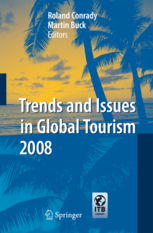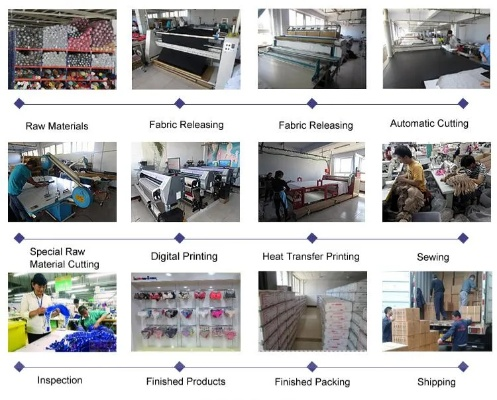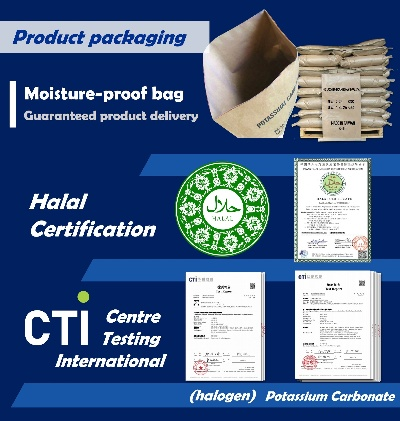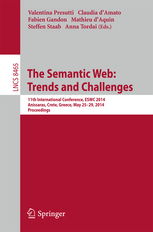The Global Trends and Challenges in the Cotton-Blended Textile Market
The global cotton-blended textile market is undergoing significant transformations driven by various trends and challenges. The rise of sustainability concerns has led to increased demand for eco-friendly fabrics, with consumers preferring those that are made from organic cotton or recycled materials. Additionally, technological advancements in the textile industry have created new opportunities for innovation, such as the use of advanced dyeing techniques and the integration of smart textiles into everyday clothing. However, these changes also present significant challenges, including the need for greater efficiency in production processes and the need to adapt to changing consumer preferences. As a result, manufacturers must continuously innovate and optimize their operations to remain competitive in the evolving global market.
In today's fast-paced world, textiles have become an integral part of our lives. From daily wear to high-end fashion, cotton blended textiles play a significant role in meeting the diverse needs of consumers worldwide. This market is dynamic and constantly evolving, driven by various factors such as consumer preferences, technological advancements, and global economic conditions. In this article, we will explore the key trends and challenges faced by the cotton-blended textile market, along with some successful case studies that highlight its potential.
Key Trends in the Cotton-Blended Textile Market
-
Increased Demand for Eco-Friendly Products: With increasing awareness about sustainability and environmental concerns, consumers are increasingly demanding eco-friendly textiles made from natural fibers like cotton. Cotton blended textiles, which can be produced using recycled materials, meet this demand well.

-
Technological Advancements: The use of modern technology has led to increased efficiency in the production of cotton-blended textiles. New technologies like computer-controlled spinning machines, advanced dyeing techniques, and automated printing processes have significantly improved product quality and reduced costs.
-
Diversification in Product Lines: As consumers' tastes and lifestyles evolve, so do the products offered in the cotton-blended textile market. Broadening product lines into high-end, fashionable fabrics, sportswear, and technical textiles has helped companies stay competitive in the market.
-
Globalization and Trade Agreements: The global nature of the cotton-blended textile market has been further enhanced by trade agreements and free trade zones. These agreements have facilitated the import and export of cotton-blended textiles, allowing manufacturers to tap into new markets and expand their business operations.
-
Consumer Education and Brand Building: Consumer education plays a vital role in shaping the future of the cotton-blended textile market. Companies are investing heavily in marketing campaigns to educate consumers about the benefits of their products, while also building strong brand recognition.
Challenges Faced by the Cotton-Blended Textile Market
-
High Cost of Production: The production of cotton-blended textiles requires high-quality raw materials, specialized machinery, and skilled labor. These factors contribute to higher production costs, making it challenging for many manufacturers to compete on price alone.
-
Regulatory Challenges: The regulatory environment can vary greatly across different countries, making it difficult for manufacturers to operate effectively. Compliance with stringent environmental regulations, labor laws, and other legal requirements can add to the operational burden of the industry.
-
Market Volatility: The global economy can have a significant impact on the cotton-blended textile market. Changes in consumer spending patterns, exchange rates, and political events can lead to fluctuations in demand and supply, affecting the overall market dynamics.

-
Competition Among Manufacturers: With increasing competition in the market, manufacturers must continually innovate and improve their products to maintain their position in the market. This can be a challenge for smaller players who may lack the resources to invest in research and development.
-
Sustainability Concerns: As the industry becomes more aware of its environmental impact, there is a growing focus on sustainable practices. Manufacturers must adopt eco-friendly methods of production and waste management to meet consumer expectations and avoid negative publicity.
Successful Case Study: Patagonia's Eco-Friendly Apparel
Patagonia, a leading outdoor apparel company, has successfully navigated the challenges faced by the cotton-blended textile market while embracing sustainability principles. By using sustainably sourced materials and innovative manufacturing techniques, Patagonia has built a loyal customer base that values environmental responsibility.
One of the key strategies employed by Patagonia is its commitment to using organic cotton in its clothing products. This not only aligns with consumer preferences but also helps reduce the carbon footprint associated with conventional cotton farming. Additionally, Patagonia has invested in renewable energy sources and implemented recycling programs to minimize its environmental impact.
Another successful strategy is the company's emphasis on transparency in its supply chain. Patagonia ensures that all suppliers adhere to fair labor practices and environmental regulations, providing customers with peace of mind about the origins of their products.
In conclusion, the cotton-blended textile market continues to face both opportunities and challenges. As consumers become more conscious of their environmental impact, companies must prioritize sustainability and innovation to remain competitive in the market. Patagonia's success story serves as a testament to the power of responsible business practices and demonstrates how a forward-thinking approach can help companies thrive in a rapidly changing industry.

棉混纺织品市场是一个融合了多种纺织材料和工艺的综合性市场,涵盖了各种类型的纺织品,如棉质服装、混纺面料、家居装饰品等,随着人们对舒适、环保和时尚的需求日益增长,棉混纺织品市场呈现出蓬勃的发展态势。
市场现状
- 产品种类丰富:棉混纺织品市场涵盖了从基础棉质服装到高端家居装饰品的各类产品,满足了不同消费者的需求。
- 竞争激烈:市场上存在众多品牌和供应商,竞争激烈。
- 消费者需求多样化:消费者对棉混纺织品的品质、环保性、时尚性等方面有着更高的要求。
市场案例分析
以某知名棉混纺织品品牌为例,该品牌在市场上具有较高的知名度和影响力,其产品涵盖了各种类型的纺织品,包括棉质上衣、混纺面料家居用品等,该品牌注重产品的品质和环保性,采用高品质的原材料和先进的生产工艺,力求为消费者提供高品质的产品,该品牌还注重产品的时尚性和个性化定制服务,满足消费者的不同需求。
市场趋势预测
- 环保趋势:随着人们对环保意识的不断提高,棉混纺织品市场将更加注重环保性,棉混纺织品市场将更加注重使用环保材料和生产工艺,提高产品的环保性能。
- 时尚趋势:随着时尚潮流的不断变化,棉混纺织品市场将更加注重时尚性和个性化定制服务,棉混纺织品市场将更加注重产品的设计和创新,满足消费者的不同需求。
- 消费者需求变化:随着消费者对舒适、环保和时尚的需求日益增长,未来棉混纺织品市场的消费者需求将更加多样化,消费者将更加注重产品的品质、环保性、时尚性和个性化定制服务。
市场推广策略
- 品牌建设:加强品牌宣传和推广,提高品牌知名度和影响力,通过线上线下多种渠道宣传品牌产品,吸引更多的消费者关注和购买。
- 产品创新:不断推出新品,满足消费者的不同需求,注重产品的品质和环保性,提高产品的竞争力。
- 营销策略:采用多种营销策略,如线上线下营销、社交媒体营销、广告投放等,通过各种渠道宣传品牌产品,提高品牌曝光率和知名度,加强与消费者的互动和沟通,提高消费者的购买意愿和忠诚度。
- 合作与联盟:与相关行业的企业进行合作和联盟,共同开发新产品和市场,通过合作和联盟,提高产品的多样性和丰富性,满足消费者的不同需求。
棉混纺织品市场是一个充满机遇和挑战的市场,棉混纺织品市场将更加注重环保性、时尚性和个性化定制服务,同时消费者对品质、环保性、时尚性的需求将更加多样化,棉混纺织品品牌需要不断创新和改进产品和服务,提高产品的竞争力和市场份额,棉混纺织品市场也需要加强品牌建设和营销推广,提高品牌的知名度和影响力。
Articles related to the knowledge points of this article:
The Transformative Power of Advanced Textile Materials
The Benefits of Choosing Quality Sleep Fabrics for a Better Nights Rest
The Evolution and Impact of Hengxingli Textiles
Navigating the Complexities of Textile Warehouse Design
Mastering Photoshop for Editing Textiles A Comprehensive Guide
Navigating the Global Fabrics:The Journey of Jiangyin Jinti Textiles



